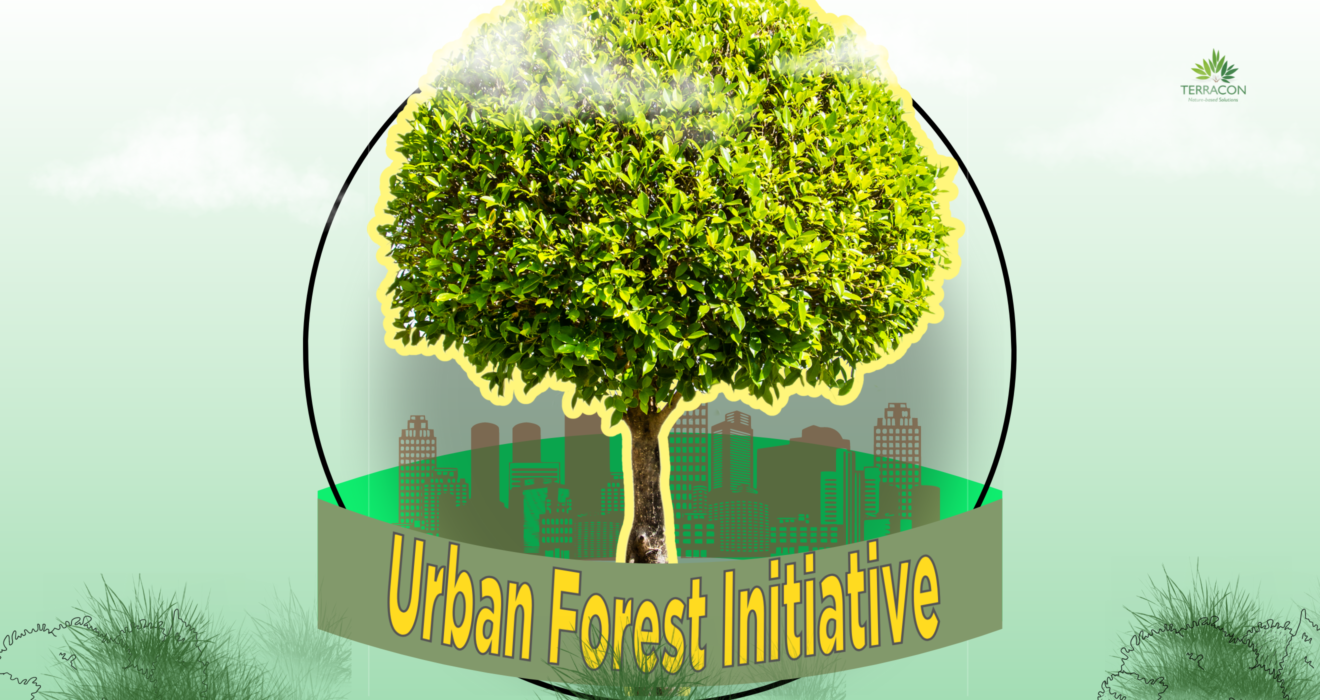As we navigate the complexities of urban life, it’s easy to overlook the silent guardians of our ecosystem – trees. These towering pillars of ecological balance play a multifaceted role in maintaining the delicate harmony of our environment. Know about What is Tree Census ?

Trees are nature’s air purifiers, absorbing harmful pollutants and releasing oxygen back into the atmosphere. This process not only benefits humans but also improves the overall health of the urban ecosystem. In fact, an acre of mature trees can absorb the same amount of CO2 produced when you drive your car 26,000 miles. However, air pollution can have detrimental effects on tree populations, reducing their growth rates, increasing mortality, and disrupting ecosystem services. By monitoring tree health through the tree census, we can identify areas where trees are struggling and take targeted action to improve their resilience.

Beyond their role in air purification, trees also play a crucial role in regulating the climate. They cool the city by up to 10°F, by shading our homes and streets, breaking up urban “heat islands” and releasing water vapor into the air through their leaves. In fact, three trees placed strategically around a single-family home can cut summer air conditioning needs by up to 50 percent. These cooling effects can reduce the energy demand for cooling our homes and buildings, thereby reducing carbon dioxide and other pollution emissions from power plants. However, climate change poses significant threats to tree populations, including increased risk of exposure to major forest fires and changing climatic regimes. The tree census can help us understand the distribution of tree populations and their resilience to climate change, enabling us to develop targeted conservation strategies.
Since, Trees are essential for human well-being and provide habitats for a diverse array of wildlife, supporting entire ecosystems as food sources, nesting sites, and shelter for countless species. However, rapid urbanization and infrastructure development, such as metro construction, are destroying natural habitats and degrading air quality, compromising tree populations’ ability to survive and provide ecosystem services. As a result, preserving and restoring tree cover is crucial for conserving biodiversity and supporting healthy ecosystems. Understand the Tree essential initiatives are essential for understanding and managing Tree populations in the face of mounting challenges. Learn more about why ecosystem matters ?
Tree census is crucial for several reasons. First and foremost, it helps us monitor the health and well-being of tree populations in urban areas. By systematically surveying and cataloging tree species, we can identify any signs of stress or decline, such as disease outbreaks or pest infestations. This allows us to take timely action to address these issues and prevent further damage to tree populations.
Secondly, tree census provides valuable data on the distribution and diversity of tree species within a given area. This information is essential for urban planning and land management decisions, helping us identify areas that may be lacking in tree cover and prioritize planting efforts in those areas. Additionally, understanding the distribution of tree species can inform conservation strategies, ensuring that rare or endangered species are protected and preserved.
Our recent project findings from MLDL have highlighted the presence of iconic species like The Banyan Tree – The banyan tree has a unique property; its roots are unlike other trees. The banyan’s aerial roots dangle from above to reach the ground. Sandalwood – Sandalwood has spiritual significance and is said to bring devotees closer to God. It also acts as a fixative in fragrances, ensuring they last longer on the skin. Sita Ashoka – Sita Ashoka is often referred to as the “Ashoka tree of Sita.” It holds value from mythology to medicine. Additionally, our recent project has highlighted the role of Indian Bamboo in contributing to oxygen generation in the environment, underscoring the importance of conserving habitats for sustaining biodiversity alongside the operation of MLDL’s activities.
In a remarkable display of environmental stewardship, a tree census of over 2 lakh trees was conducted in a single project, achieving an impressive 95% survival rate. This significant accomplishment underscores the challenges of urban forestry and highlights the crucial importance of preserving green spaces in our cities.
With each tree planted, we are sowing the seeds of a brighter tomorrow, where nature thrives, communities flourish, and the legacy of environmental stewardship lives on.
The initiative by the Nagpur Municipal Corporation to plant the 2nd 5 Lakh Trees further exemplifies the unwavering dedication to environmental conservation. Through relentless efforts, the project has not only transformed landscapes but also inspired individuals to embrace sustainability and become agents of change in their communities.
Community Engagement: We involve local communities in the planting process, fostering a sense of ownership and raising awareness about tree conservation. Through workshops, campaigns, and planting events, we empower individuals to take care of their environment and drive positive change.
Sustainable Forestry Practices: We prioritize sustainable practices to ensure the long-term health of our plantations. We select native species, conserve soil and water, and minimize environmental impact. By doing so, we set a new standard for responsible corporate citizenship.
Monitoring Tree Health: We regularly inspect and maintain our trees, analyzing data to ensure their survival. By addressing potential issues early, we safeguard the long-term health of our trees, ensuring they continue to benefit future generations.
Conclusion:
In conclusion, considering environmental factors and the diversity of plant and animal life is crucial for effective tree censuses. By understanding how trees interact with their surroundings, we can make better decisions for conservation efforts. Environmental factors like climate and habitat availability directly impact tree growth and distribution. Assessing the health and diversity of flora and fauna during tree censuses helps us prioritize conservation efforts and improve ecosystem health. Trees provide habitat and food for wildlife, clean the air, and regulate climate, making their conservation essential for both people and the environment. By integrating environmental stewardship and flora and fauna assessments into tree census initiatives, we can ensure the long-term sustainability of forest ecosystems.

Written by
Anjeeta Goud
Team Business Development and Strategy
Terracon Ecotech
Reference:
https://www.terraconindia.com/2024/06/11/counting-our-canopy-exploring-the-world-of-tree-census/
https://enterclimate.com/cpcb-approvals-cte-cto
https://www.greenbelt.org/blog/what-is-a-greenbelt/
https://www.jmu.edu/stewardship/what-is-environmental-stewardship.shtml
https://forests.org/
https://www.worldwildlife.org/
https://www.unep.org/
https://vtfishandwildlife.com/sites/fishandwildlife/files/documents/Learn%20More/LandownersGuide/3.%20Habitat.pdf
file:///C:/Users/tepll/Downloads/NGMC-%20Draft%20summary%20report%20of%202nd%205lakh%20trees%2015Feb2024%20(2).pdf
https://enterclimate.com/cpcb-approvals-cte-cto
https://www.investopedia.com/articles/stocks/07/green-industries.asp




